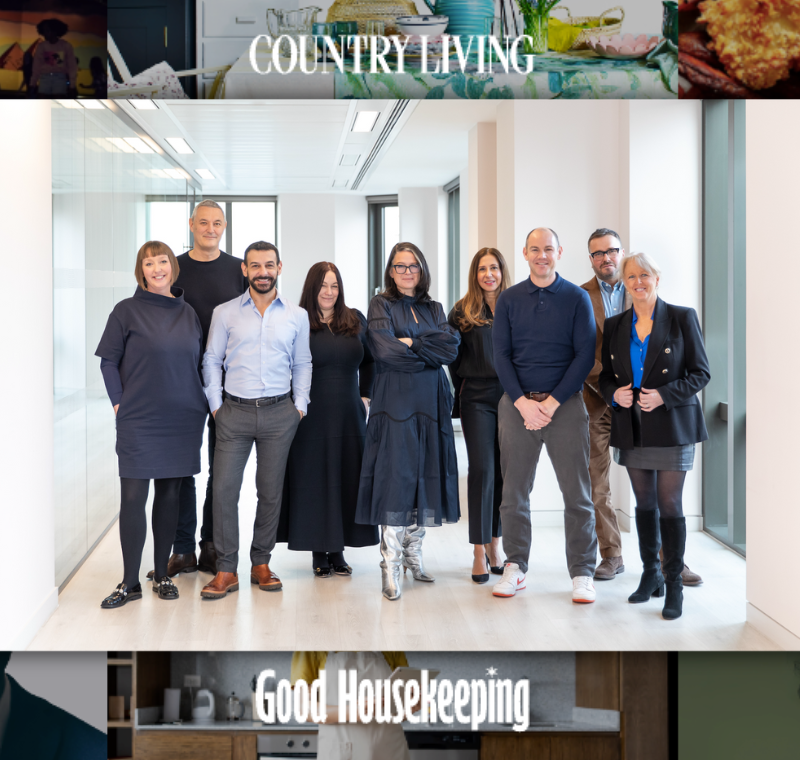Time Inc.’s creative strategist Melanie Deziel shares her thoughts on sponsored content and the nounification of native

We’ve nounified it. And while some linguistic purists might not be pleased with the process, it’s a natural part of the evolution of language.
But when we use “native” as a self-sufficient noun, we forget that the original adjectival form referenced the vital relationship between the content and the environment in which consumers experience it. “Native advertising,” by definition, must be native to something.
The same way we say that plants are native to their region, content must be native to its environment. Trying to shoehorn a GIF-list into a scientific journal is like trying to grow a palm tree in the arctic; while it might technically be possible, you’d have to throw a lot of time, effort and money at the problem for maybe half the success it could have organically in a better environment.
A context-conscious content strategy (say that five times fast…) means understanding the nuanced relationship between a piece of content and its environment and thinking critically about where consumers will experience you content before you create it.
This is something we deal with all the time at Time Inc. Sports Illustrated is very different from People, which is different from Time, Entertainment Weekly, and Real Simple. Each of our 30+ US-based properties presents a unique context for an advertiser’s content, so successfully reaching an audience across multiple properties requires using different tactics and tools to fit each unique environment.
Ultimately, having a context-conscious approach results allows advertisers to have a more flexible, dynamic, and effective content strategy.
Read the full article here
More like this
An announcement for those who said native advertising couldn’t scale
Sharethrough enables native video ads with instant play on publisher news feeds









